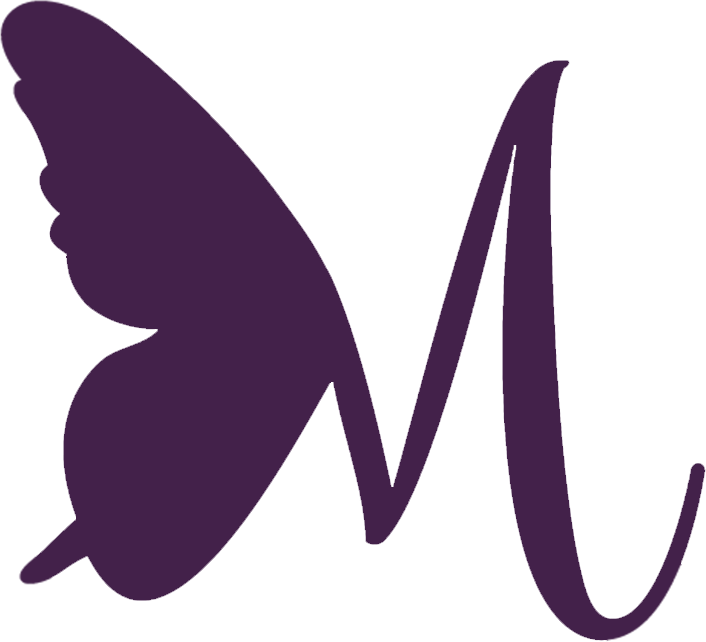Main Content

Chin Augmentation
The jawline and chin area are classic focuses of facial contouring procedures. Whether through non-surgical injectables or surgical treatment such as necklift, the goal is often to create a sharper, more contoured jawline. In many cases, addressing the chin is a component of improving the jawline contour. When chin enhancement is necessary to create an optimal jawline, a chin augmentation (genioplasty) may be your best option.
Questions & Answers
Chin augmentation (genioplasty) is a cosmetic surgery that improves facial proportions by implanting the chin. This treatment is ideal for those with an under-projected or deficient chin. Through a small incision either below the chin crease or inside the mouth, a chin implant can be placed on the bone, underneath the skin and muscle of the chin. Even a tiny implant can often add the right amount of balance and symmetry to the face.
The benefits of chin augmentation are unique to each individual. Chin augmentation can:
- Create or more defined jawline
- Improve facial balance for an under-projected chin
- Give a more pleasing contour to the face
In addition to deciding whether chin augmentation can meet your personal goals, several factors must be considered in determining whether you are a good candidate for a chin augmentation. Good candidates for chin augmentation include those who:
- Want to improve jawline contour
- Want to achieve better proportion to the face with a permanent option
- You are a nonsmoker, or you are willing to stop smoking before your chin augmentation
While chin augmentation can address various concerns, it has limitations. Knowing these limitations and understanding when you may be a candidate for a different type of surgery is essential. Chin augmentation cannot:
- Correct dental or bite issues
- Address TMJ concerns
- Change the overall size and shape of the mouth
Chin augmentation is accomplished by placing a chin implant on the bone below the skin and muscle of the chin. Chin implants are usually made of silicone, a soft, flexible material. Silicone chin implants come in various shapes, sizes, and styles, making them customizable for your needs.
Chin augmentation can be performed in an office under local anesthesia or as an outpatient procedure with general anesthesia in an operating room. After your surgery, you will spend a short time in the recovery room before a friend or family member takes you home, where you should plan to rest for the remainder of the day. Be sure to arrange for someone to drive you home after surgery and to stay with you for at least the first night. We will advise you on pain medication to ease any discomfort, give you detailed post-operative instructions, and schedule a follow-up appointment to check your progress.
Some pain and swelling are expected in the first few days after surgery. You may also experience soreness while chewing food. Incisions usually heal within 2 to 3 weeks following surgery.
Depending on your type of work, you can usually return to work within one week.
The results of chin augmentation can be seen immediately following surgery. However, additional, more tailored shapes will occur as swelling around the area improves. These results are long-lasting.
Every patient’s recovery is different. Your recovery may be quicker or take more time than average.
The results of chin augmentation surgery are permanent if the implant remains in place. Over time, we do lose bone mass and projection in our jaws, so the overall jaw contour may change as you age, especially when combined with other age-related changes such as loss of fat volume in the face and drooping of facial and neck skin. However, should you decide you no longer wish to have your chin implant, it can generally be removed in the clinic with some local numbing medication and a small procedure.
Please visit our My Consult page to learn more about what happens during your consult.
Please visit our Financing page to learn more about financing options.



